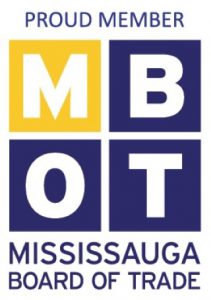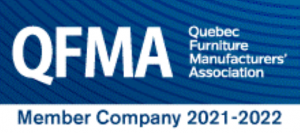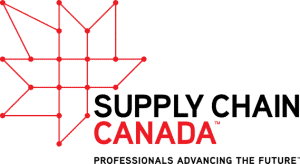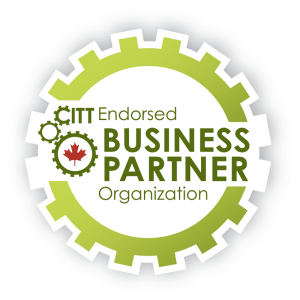As governments, media, and the United Nations sharpen their focus on reducing carbon emissions as part of their climate change initiatives, there is an increase in expectations on consumer packaged goods (CPG) manufacturers to adopt practices that will significantly reduce their greenhouse gas emissions.
To answer the call, forward-thinking consumer manufacturers have set emissions targets, based on currently accepted scientific recommendations to reduce environmental impact.
Not only will these companies be minimizing their overall environmental costs, but they will also be positioning themselves for further growth as sustainable practices become mainstream and new regulations are introduced.
To help meet these targets, companies need to adopt sustainable practices, and will logically begin re-evaluating their internal practices in order to do so. However, there is mounting evidence suggesting that auditing their supply chains, and switching to a 4PL model if they’re not already using one, would bring them closer to their sustainability targets faster.
For example, according to a study by McKinsey & Company, CPG supply chains account for:
- More than 90% of natural capital impact (e.g., affecting air, soil, land) of the consumer sector
- More than 80% of a consumer goods company’s greenhouse gas (GHG) emissions
Also, the Global Supply Chain Report (2019) released by CDP Global, an international non-profit organization that studies the effects corporate behaviour has on the environment, reports that CPG supply chains cause an average of 5.5 times as many greenhouse gas emissions than the company’s own internal operations. Clearly, the key to maximizing the reduction of environmental costs lie with optimizing a company’s supply chain.
Supply chains based on the 4PL model can help you meet your sustainability targets, due to its unique strategic approach to solving supply chain issues. Here are 7 specific benefits that 4PL offers CPG companies:
- Fully collaborative process: Once your set your sustainability targets, your 4PL provider will help consult on how to proceed and execute the necessary measures, such as performing supplier audits and enacting sustainability policies. 4PL providers operate like trusted business partners, putting your needs and interests first.
- Saves time and resources: Whether you have 3 suppliers or 300 suppliers, you’ll only need to liaise with one party: your 4PL provider. They’ll take on the task of communicating your sustainability needs with each of your suppliers, saving you time and allowing you to focus on making internal adjustments to move you further toward your goals.
- Leverage robust technology: Innovative 4PL technology gives you access to data that provides valuable insights into your operational processes. Use this data to analyze, adjust, and optimize each link in your supply chain, and devise strategies that help you reach your sustainable targets. Your 4PL provider can assist you with identifying these areas of opportunities.
- Make changes easily: If one or more of your suppliers isn’t performing to your satisfaction, your 4PL provider can quickly and easily recommend new suppliers from their extensive network, and integrate into your supply chain. Because you’re not tied to a single supplier, as you are with other supply chain models, you have several options at your disposal.
- Offers better cost savings than other models: Since 4PL is people, process, and technology-based, as opposed to asset-based, incenting your suppliers toward more sustainable solutions will cost little to no investment in additional assets on your part.
- Make better inventory decisions: Handling returned products eat up significant time and resources. They also take away from your sustainability goals through wasted packaging and fuel costs. A 4PL will help you identify the root causes of why customers are returning freight, empowering you make informed decisions about inventory, or make supply chain improvements that cut down on returns.
- Protect retrievable value: In the case of products with a shorter life span, such as food, 4PL reverse logistics allow you to redistribute items easily to secondary markets, such as discount stores, or transform them into other products that protect their value (e.g., making applesauce out of bruised apples). You’ll then be saving disposal costs and reduce stress on landfill sites, making your business more sustainable.
CPG companies shouldn’t take an indifferent approach to adopting and implementing sustainable practices. Consumers are becoming increasingly educated and ever more concerned about how their products are sourced, packaged, and shipped from an environmentally sustainable viewpoint, and aren’t afraid to switch their loyalty to another brand – and make a lot of noise while doing so.
With continued global focus on environmental issues, and the public’s interest in supporting companies that prioritize greenhouse gas reductions, optimizing your company’s supply chain is an ideal way to ensure your company’s long-term success.
If you’re interested in learning how Cedric Millar can significantly transform your current supply chain into a more sustainable one, we’d love to chat with you. Just contact us at 1-888-998-1009 or via email at info@cedricmillar.com anytime for a no-obligation discussion.












